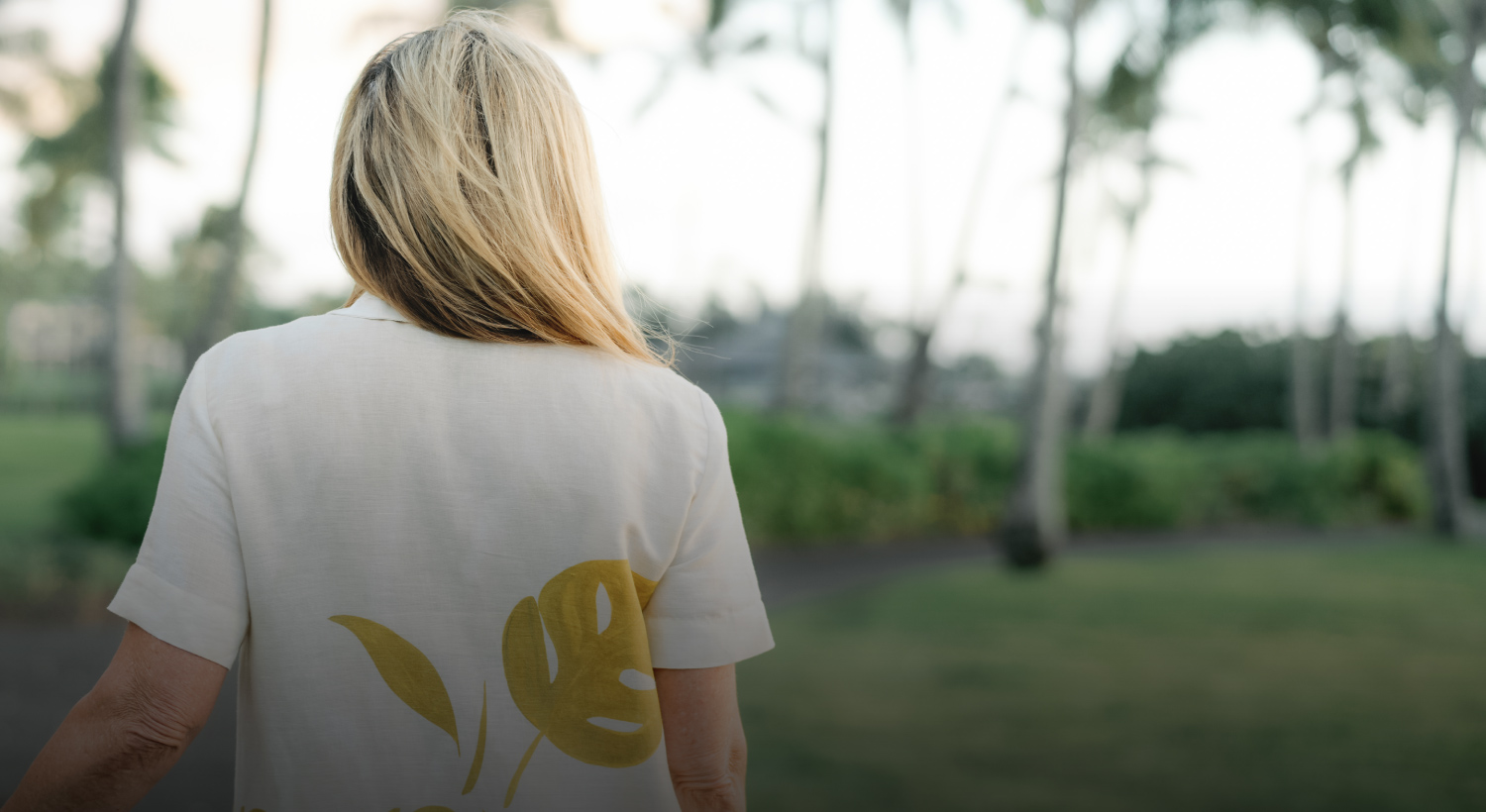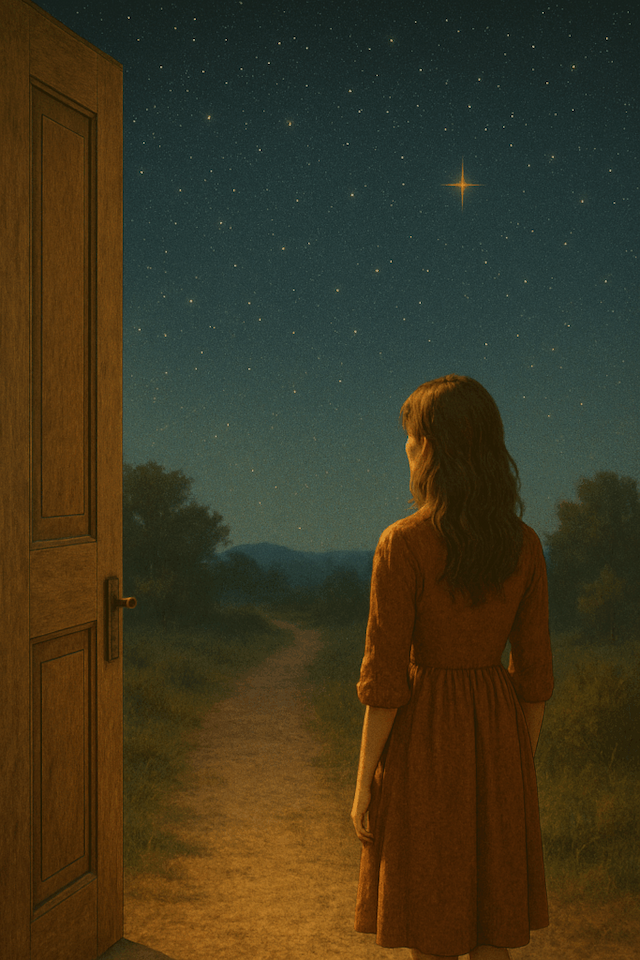how to Compose a Photo Like a Professional Photographer -
How to compose a photo like a professional photographer. What is photography composition? How to see art like a pro. Read More…
What is Photography Composition?
When you begin thinking through composition in photography, you are making the leap from taking pictures to creating art. What is the composition of photography? Put simply, it is the makeup of all the individual elements or “subjects” in the frame to create the whole picture. So, every picture has a composition; it just isn’t necessarily intentional, at least not from an artistic perspective. Many of us have used these composition rules for years, not realizing they were ‘art theory.’ So, let’s cover some of these rules that photographers use every day to create the images we all know and love.
Photography Composition Rule of Thirds
What is it?
The composition rule of thirds is probably the most referenced photography rule for composing; and it isn’t limited to just photography. The rule of thirds has applications in any 2D medium such as painting, charcoal, video, sketching, etc. The eye is naturally drawn to certain parts of a 2D object. Artists, for centuries, have experimented with the size, shape, color and justification of their subject… Every possible experiment to create new and exciting works based on how the rule of thirds is applied.

So, your camera can automatically give you the means to apply the rule of thirds. It’s a simple grid of 9 equally sized boxes (as shown above).
The concept with this rule is to either:
- Use this grid to place your subjects within either the three columns or in the three rows. For example: in the columns, think one person in each column standing side by side. For rows, think of a sky in the top, mountains in the middle, and foreground at the bottom. You can even play with this further since it’s more of a recommendation of symmetry than a true rule. You might have a person in the left and right row and have a totally different object in the middle. Perhaps nothing at all in the middle, just blank space. But in all, filling these areas to create a composition is adhering to the rule of thirds.
- Looking at the grid, you can see there are four intersecting points (the four corners of the middle box). You can apply the rule of thirds by placing a subject on one of these intersecting points (often a person’s face or eyes). When done correctly, the viewer’s eyes are naturally drawn to these points; how our eyes focus, you will most clearly see these first. Since you have two eyes, placing subjects in both left and right intersections will draw the eyes into both or placing a single subject in between (also called Centering) will draw both eyes to that single center point.
- Creativity is key- You can go beyond these two standard practices to try filling boxes. Imagine how the eyes would process a picture where each of the 9 boxes are filled with a different color, or even a checkered pattern. Or perhaps having a macro shot where the eyes of an animal hit exactly in the intersections. All these are applying the rule of thirds to properly compose, shoot, and crop/edit to create a certain reaction from a viewer.
Last word on rule of thirds..
Seems like a lot, but when you line up a shot, you are probably already doing a lot of this because you are naturally shooting what looks good to you, but now you know the principle behind it!
Composition with Leading Lines
Again, this is an extremely popular composition technique that is often accidentally used to create great photography. But the concept here is really easy. The eyes love lines, especially lines that heavily contrast the other elements of the picture. Think of a dirt road or a fence (shown below) surrounded by fields of green grass. Those lines draw the eye anywhere the photographer wants the viewer’s attention to go; therefore, we use it to draw their attention to a subject. So, a road going to a beautiful sunset, lines of an alley leading to a model, a bowling lane leading to the pins.. it’s all around us and almost anything can be used as a leading line(s) when you apply a little creativity.

Layering your Photography Composition
The easiest way to explain layering for photography composition is with a landscape. If you want to showcase a beautiful sunset rising above the Rocky Mountains, don’t just zoom into the sun, that’s a little too bland. You want to apply layering by using objects that are at different distances within your visual range to create a sense of depth and interest. So instead of using a super telephoto 800mm lens to zoom into the sun, use a 14mm super wide-angle lens to capture layers upon layers of mountains, trees, maybe a small river, and a beautiful field full of flowers in the foreground. This makes it more interesting, more unique, and so much more detail for the eyes to wonder around and take in the view. See the example below with bailed hay at different depths then a tree line in the background.

Framing Composition
Framing is just like it sounds in photography composition. If you put a picture on a white wall without a frame, it kind of just blends into the wall. You don’t know where the matte stops, and the wall begins. But if you were to put a black frame around that picture, that definitely will pull the eye straight to that picture, right? Well, the same thing is true within a picture. For example, if you shoot a tree outside your house but shoot it through the kitchen window frame, it draws the attention away from the outside corners and toward the tree. You can do this with the rule of thirds by placing your subject in the middle column and two large walls on either side. You could use it with leading lines by shooting a model in an alleyway with large building on either side, the walls acting as leading lines toward your model. Many of these rules can be used together to create simple and complex art, it’s only limited to your imagination.

Minimalism
Throw out everything you have learned so far for minimalism (not really). But this is a unique style where you must look at composition as “only necessities included.” So, a single powerline on a phone pole could be your leading line, an almost completely white background (overexposed) and a single black bird just chillin’ on the line. The concept here is simplicity, only using what is necessary to create art.

Some tools to help you along the way
Balancing elements-
If you place something in the far left of the frame, you might want to place something in the far right to “balance” the picture. Sometimes, you may only want that single subject, but this is just a tool to help if you think your composition needs more.
Symmetry/patterns-
You probably learned from your parents that you should always decorate in threes. Well visually, we love symmetry and basic patterns, so if you are shooting a beautiful stain glass window, maybe you can back up and include all three windows to create something a little more interesting and symmetrical.
Viewpoint-
Have a model sitting on the beach but it still looks super plain? Try walking around and trying different angles, maybe get down and take a shot from the ground or go to a boardwalk and shoot down on your subject… just change the perspective could make all the difference.
Contrasting backgrounds-
Ever see someone wear a green shirt in front of a green screen? Same idea in photography.. make sure your subject pops from the background to add depth and detail.
Texture-
If you need a little detail to your composition, add something that either has a lot of detail you can bring out or makes the picture appear 3D. Flowers from a good angle, splashing waves, jagged rocks, etc.
Cropping-
Using high resolution pictures in RAW format, don’t be afraid to crop! You can apply many of these concepts using cropping to change perspective, change orientation, move something over or center, etc.
Conclusion
Now the best advice I could lend, is to go out and shoot each one of these rules individually for a week or two to get in the habit of using different rules when lining up and planning your shots. Soon it will become second nature! If this was helpful, give us a like below so we know to continue making this kind of content to help our fellow photography community. Take a great shot using one of the rules and want to share it with the world? Drop us a comment below, send us an email, or a Facebook message and let us know your shot was inspired by this post! We are always happy to feature your images on our blog and provide your information to help promote others to view your art. Photography is a community of sharing ideas and knowledge; we are happy to do our part to help you in your endeavors!
Never miss another blog by subscribing below. You will receive an email each time we post!
Photography and writing by Jon Frederick, Lead Photographer with Seven11
Jon is a photographer and author for Seven11 Photography. He specializes in conceptual fine art, Christian inspiration writing and teaching others to further their skills in photography.
View all posts by Jon Frederick






